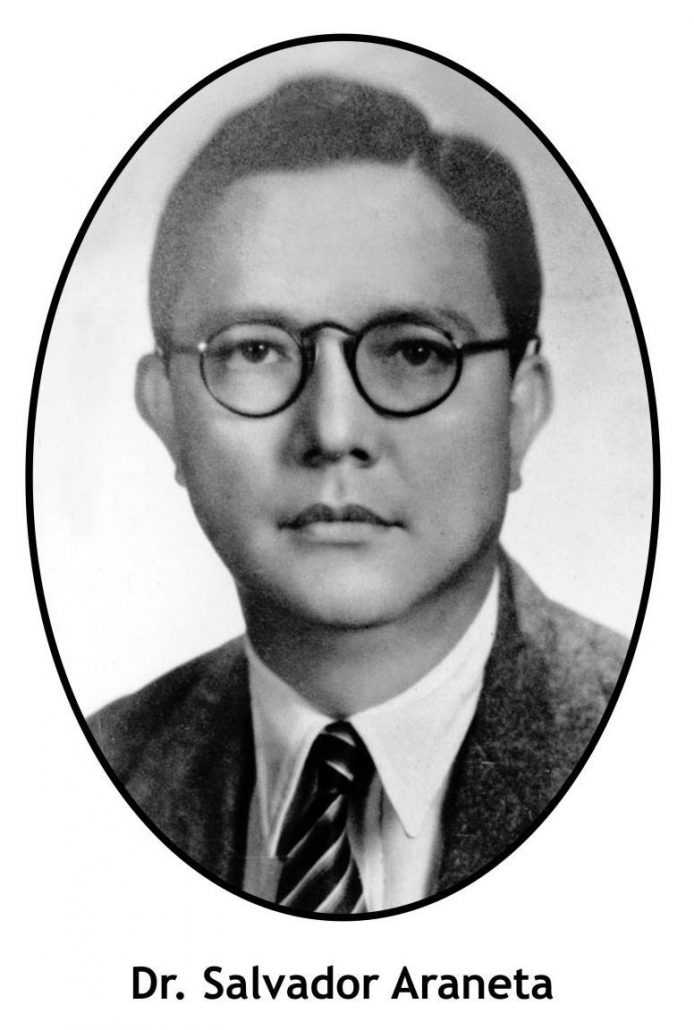 Article XII National Economy and Patrimony
Article XII National Economy and Patrimony
Section 2: The State shall protect the national marine wealth, in its archipelagic waters, territorial sea, and exclusive economic zone, and reserve its use and enjoyment exclusively to Filipino Citizens. The President may enter into an agreement with foreign owned corporations involving either technical or financial assistance for large scale exploration, development, and utilization of minerals, petroleum, and other mineral oils according to the general terms and conditions provided by law, based on real contributions to the economic growth and general welfare of the country. In such agreements, the State shall promote the development and use of local scientific and technical resources… The President shall notify the Congress of every contract entered into, in accordance with this provision, within 30 days from its execution…
Why we won our case at The Hague
The main issue of conflict between China and the Philippines was the 9-dash line. After losing the arbitration at The Hague, the Chinese came up with a 10dash line map, expanding and making their area larger and with a size as big as Mexico.
The Philippine claim is that China, together and the Philippines, was a signatory of the United Nations Conventions of the Law of the Seas (UNCLOS). The court at The Hague declared that any rights previously owned by China were “extinguished” by the said treaty. Other reasons given were that some of the disputed rocks and reefs, in the South China were too small for China to claim control over the economic activities going on in the area, that while China made use of the islands in the past, it never had exclusive authority over the waters.
Under UNCLOS, maritime features occupied by Chinese were classes of rocks, local tide elevations, or submerged banks, but not islands and the Philippines had the right to operate inside of its exclusive e economic zone (EEZ) and continental shelf as outlined by UNCLOS undisturbed from Chinese harassment. With the current activities in the area, we should raise the word ‘harassment’ to one of “aggressive behavior” as well as “militarization.”
The Philippine Claim to the Spratly Islands
The Philippine claim to the Spratly Islands was preceded by the claim of Tomas Cloma with his discovery and continuous occupation of Freedomland from 1947 to 1974. Cloma announced to the world of his ownership of this group of islands, islets, atolls, reefs, shoals, fishing grounds, and adjacent waters in May 1956. The total area of his claim measured 64,976 square miles. The location of Cloma’s claim was 100 to 300 miles west of Palawan. Tomas Cloma’s biographer, Jose Abueva, wrote that Freedomland is not made up of offshore islands of the Asiatic mainland but are within the 200-mile limit of Philippine sovereignty.
While the territory claimed by the Philippines is composed of 52 features in the Spratly Group of Islands, the Philippines was only able to occupy seven islands, two reefs and one shoal. There are also other features though not occupied and are still largely controlled by the Philippines. Other claimants are China, Taiwan, Malaysia, and Vietnam. Cloma later also laid claim to the title of Admiral; this brought him to jail under Ferdinand Marcos.
The Dictator sent Cloma to jail on the charge of usurpation of authority. After several months in jail, Cloma was released but not until he had signed a “Deed of Assignment and Waiver of Rights” in favor of the Philippine Government in exchange of payment of one peso.
With that Deed of Assignment and Waiver of Rights, the Armed Forces of the Philippines converted the island into a fortification and named the island Pag-asa Island. A battalion of marines was stationed there, together with two hundred civilians. A short runway was constructed, but it is too short for today’s modern aircraft.
In 2006, the Philippines entered into a tripartite agreement with China and Vietnam to undertake seismic exploration. The three countries were represented by Philippine National Oil Company, China National Offshore Exploration Corporation, and Vietnam Oil and Gas Corporation. All hell almost broke loose for then President Gloria Macapagal-Arroyo after an article appeared in February 2008 in the Far East Economic Review where this deal was described as “largely a sell out on the part of the Philippines.”
The article caught the attention of the Philippine Senate and the House of Representatives that thereafter wanted to hold inquiries. Both houses felt that this deal would weaken the Philippines claim to the Spratly Islands. There was also the rumor that it was a pre-condition made by China before granting loans to the Philippines. The Senate, in particular, wanted to impeach President Macapagal-Arroyo, if it was proven that she had abandoned the claims of the Philippines to the Spratly Islands, citing also possible treason, betrayal of public trust and violation of the Constitution. If the impeachment of Arroyo regarding the alleged fraudulent election made infamous by the Garci tapes did not prosper, what more can we expect if our leaders were confronted by even more complicated and Constitutional issues involving our territorial and sovereign rights? (To be continued/PN)





